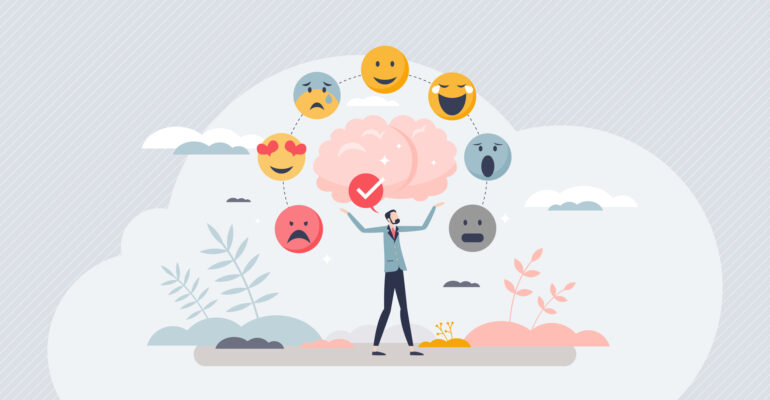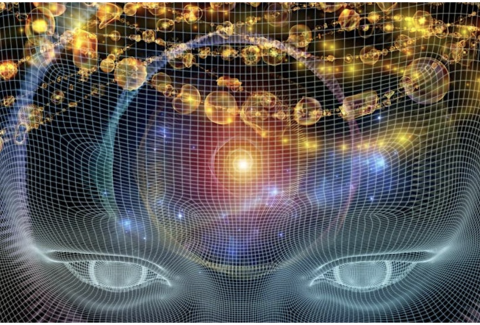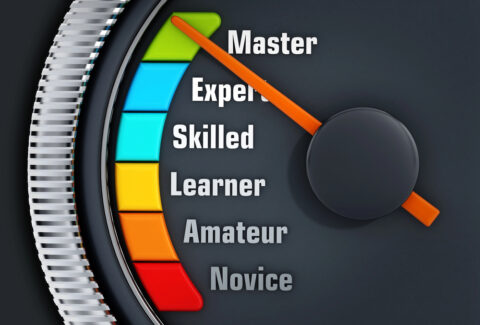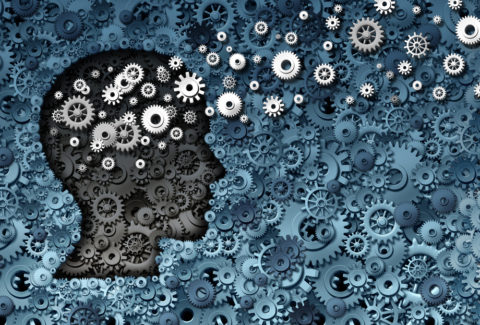Emotional State and Behavior Change and Motivation
Emotions play a crucial role in shaping human behavior, influencing decision-making, motivation, and the ability to enact change.[1] Understanding the relationship between emotional states and behavior change is essential for mental health professionals, educators, and anyone involved in fostering personal growth and development.[2] This article explores how different emotional states impact motivation and behavior change, providing insights into effective strategies for supporting individuals on their journeys of transformation.
The Connection Between Emotions and Behavior Change
Emotions can serve as powerful motivators or deterrents in the process of behavior change. They influence how individuals perceive challenges, respond to setbacks, and maintain their commitment to change. Key emotional states that significantly affect behavior change include:
- Positive Emotions: Emotions such as joy, gratitude, and hope can enhance motivation and facilitate behavior change. Positive emotional states broaden an individual’s perspective, increase resilience, and promote adaptive coping strategies. They can also strengthen social connections, providing support and encouragement during the change process.[3]
- Negative Emotions: Emotions like fear, anxiety, sadness, and frustration can hinder behavior change by creating obstacles to motivation.[4] Negative emotional states may lead to avoidance behaviors, procrastination, or a sense of helplessness, making it challenging for individuals to initiate or sustain change.
- Emotional Regulation: The ability to manage and regulate emotions is critical for successful behavior change.[5] Individuals who can effectively navigate their emotional landscape are more likely to remain motivated, cope with challenges, and persist in their efforts to change.
How Emotional States Influence Motivation
- Intrinsic Motivation: Positive emotions often enhance intrinsic motivation, encouraging individuals to engage in behavior change for personal satisfaction and fulfillment.[6] For example, feeling proud of one’s achievements can drive continued effort and commitment to self-improvement.
- Extrinsic Motivation[7]: Negative emotions can decrease extrinsic motivation by fostering a sense of despair or hopelessness. For instance, if an individual feels overwhelmed by stress or anxiety, they may struggle to seek external rewards or recognition for their efforts.
- Goal Orientation: Emotional states influence an individual’s focus on goals[8]. Positive emotions can promote a growth mindset, encouraging individuals to set and pursue ambitious goals. In contrast, negative emotions may lead to a fixed mindset, where individuals feel trapped in their current circumstances.
- Coping Mechanisms: Emotional states can dictate the coping strategies individuals employ in response to challenges. Positive emotions often lead to proactive coping mechanisms, such as seeking social support or problem-solving. Conversely, negative emotions may result in maladaptive coping strategies, such as avoidance or denial.
Strategies to Support Emotionally-Driven Behavior Change
Recognizing the influence of emotional states on behavior change allows practitioners to implement effective strategies that foster motivation and promote positive transformation. Here are several approaches:
- Enhancing Positive Emotions: Encourage activities that promote positive emotional experiences, such as gratitude exercises, mindfulness practices, or engaging in hobbies. Helping clients cultivate positive emotions can enhance motivation and support behavior change.
- Developing Emotional Awareness: Encourage individuals to develop greater emotional awareness by recognizing and labeling their feelings. Understanding their emotional responses can empower clients to navigate challenges more effectively.
- Emotional Regulation Techniques: Teach clients strategies for regulating their emotions, such as deep breathing, cognitive reframing, or journaling. Providing tools to manage negative emotions can increase resilience and motivation during the behavior change process.
- Creating a Supportive Environment: Foster an environment that encourages emotional expression and support. This can include group therapy, peer support networks, or community-building activities that strengthen social connections.
- Setting Action Oriented Goals: Assist clients in setting action oriented goals to prevent feelings of overwhelm or inadequacy. Breaking larger goals into smaller, manageable steps can help maintain motivation and foster positive emotional experiences along the way.
Conclusion
Emotional states are integral to the processes of behavior change and motivation. Understanding how emotions influence motivation can empower practitioners to create effective strategies that support individuals in their journeys of transformation. By enhancing positive emotions, promoting emotional awareness, and providing tools for emotional regulation, professionals can foster resilience and motivation in their clients. Ultimately, recognizing the dynamic interplay between emotional states and behavior change enables individuals to navigate challenges with greater ease and achieve lasting personal growth. Embracing the emotional aspects of behavior change not only enhances motivation but also enriches the overall experience of personal transformation, leading to more fulfilling and meaningful lives.
[1] Hollis, Victoria, Artie Konrad, and Steve Whittaker. “Change of heart: emotion tracking to promote behavior change.” Proceedings of the 33rd annual ACM conference on human factors in computing systems. 2015.
[2] Shiota, Michelle N., Carley Vornlocher, and Lile Jia. “Emotional Mechanisms of Behavior Change: Existing Techniques, Best Practices, and a New Approach.” Policy Insights from the Behavioral and Brain Sciences 10.2 (2023): 201-211.
[3] Shiota, Michelle N., et al. “Beyond happiness: Building a science of discrete positive emotions.” American Psychologist 72.7 (2017): 617.
[4] Dunlop, Sally, Melanie Wakefield, and Yoshi Kashima. “Can you feel it? Negative emotion, risk, and narrative in health communication.” Media Psychology 11.1 (2008): 52-75.
[5] Shigematsu, Jun, and Ryota Kobayashi. “Relationship between emotion regulation strategies and total conviction in promoting behavior change.” Frontiers in Psychology 13 (2022): 941404.
[6] Höchsmann, Christoph, et al. “Effectiveness of a behavior change technique–based smartphone game to improve intrinsic motivation and physical activity adherence in patients with type 2 diabetes: randomized controlled trial.” JMIR serious games 7.1 (2019): e11444.
[7] Mawhinney, Thomas C. “Intrinsic× extrinsic work motivation: Perspectives from behaviorism.” Organizational Behavior and Human Performance 24.3 (1979): 411-440.
[8] Berkman, Elliot T. “The neuroscience of goals and behavior change.” Consulting Psychology Journal: Practice and Research 70.1 (2018): 28.







